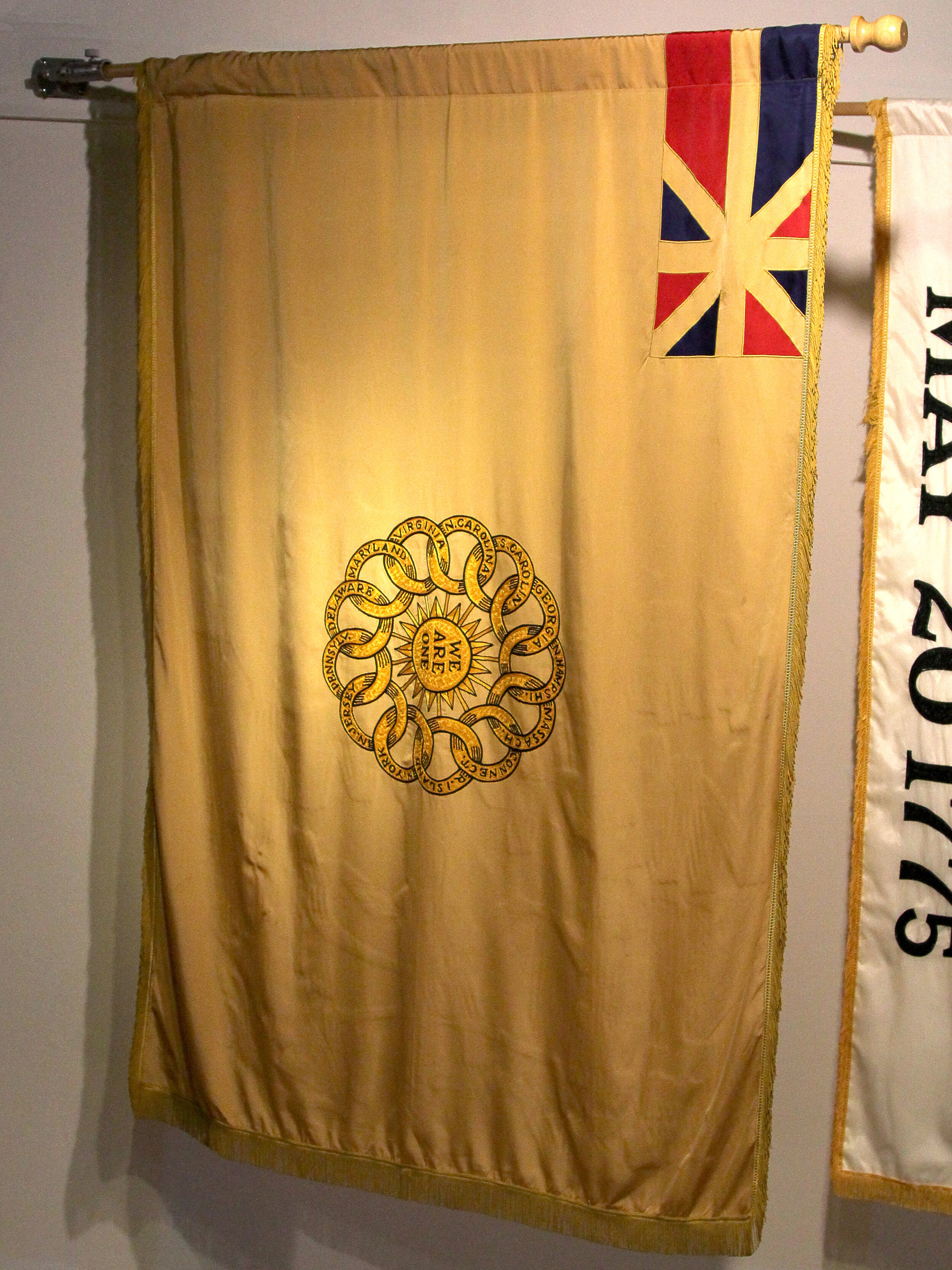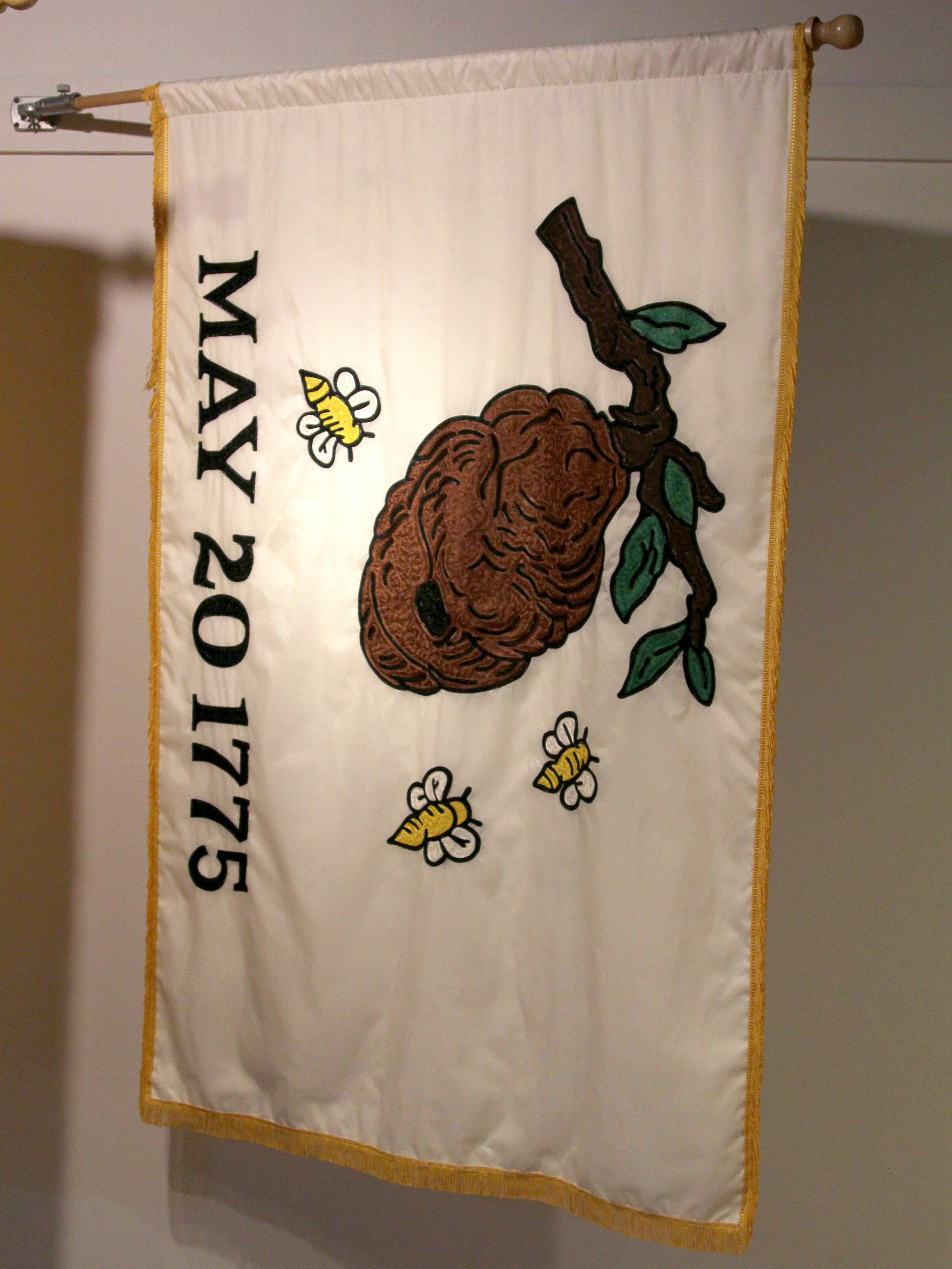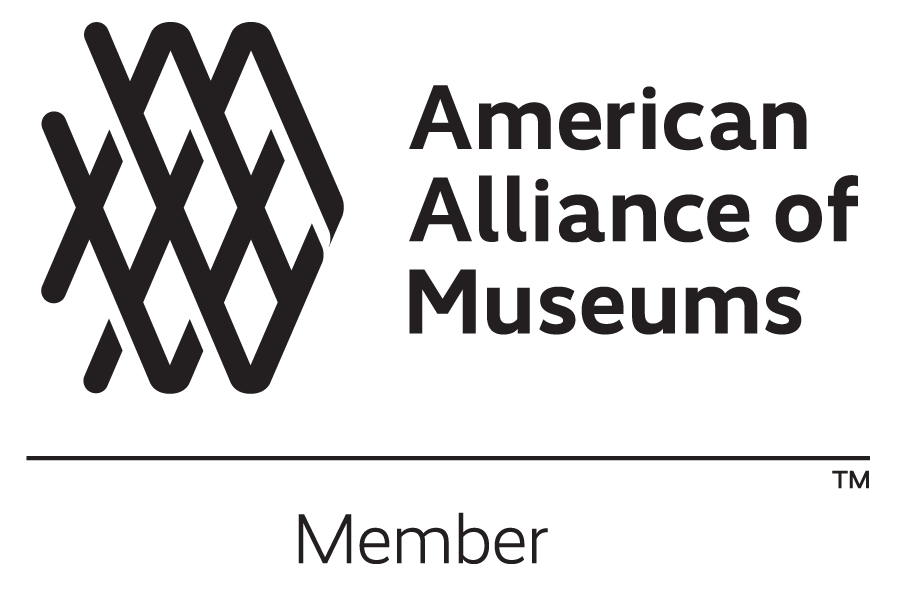




Introduction
The Continental Congress ordered the formation of an army on June 14, 1775. This order responded to the need for organized American defenses as tensions with Great Britain escalated. The Continental Army was organized into regiments which were formed by close-knit communities that fought together. Each regiment carried a flag with images that held great shared significance for the group.
Regiments always carried their flags into combat on foot and horseback. Amid the smoke and noise of a heated battle, flags were field signs that identified the line of battle and who fought for what side. A colorful flag and distinctive drumbeat were the easiest ways to find your regiment quickly. Soldiers were transferred between regiments frequently throughout the war. A unique flag made one’s assigned regiment easy to remember.
General George Washington urged regiments to craft their group identity by designing their own flags. Over time, as regiments succeeded in battle, flags became central objects of loyalty and pride for soldiers. In a political cause like the fight for independence from Great Britain, regimental flags were powerful symbols that expressed hints of a new national identity.




